The Via Dolorosa Window
by B. van Cleve
The Via Dolorosa window can be found on the East side of St. Peter’s Church. According to ‘The Corpus of Kempe Stained Glass in the UK and Ireland’ it was manufactured in 1901.
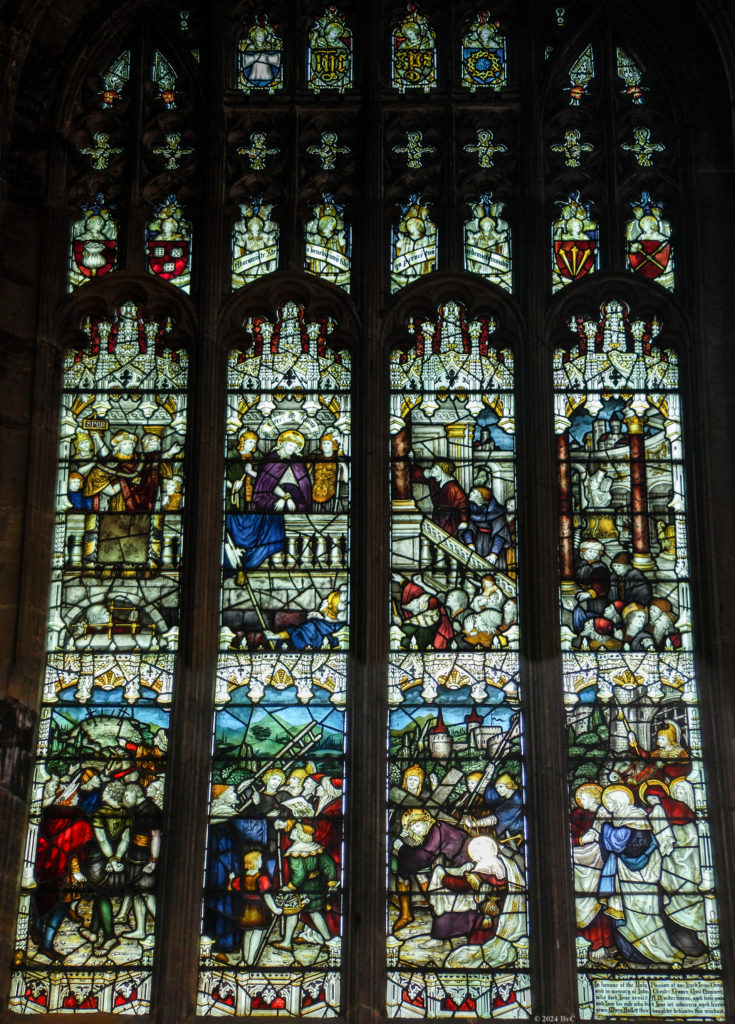
The Heavenly Realm
In the upper tier we see the heavenly realm with angels presenting symbols of the crucifixion on shields and some Latin texts on banners. Below the heavenly scene we see the scene at the palace of Pilate, and below this we see scenes on the way to Calvary.
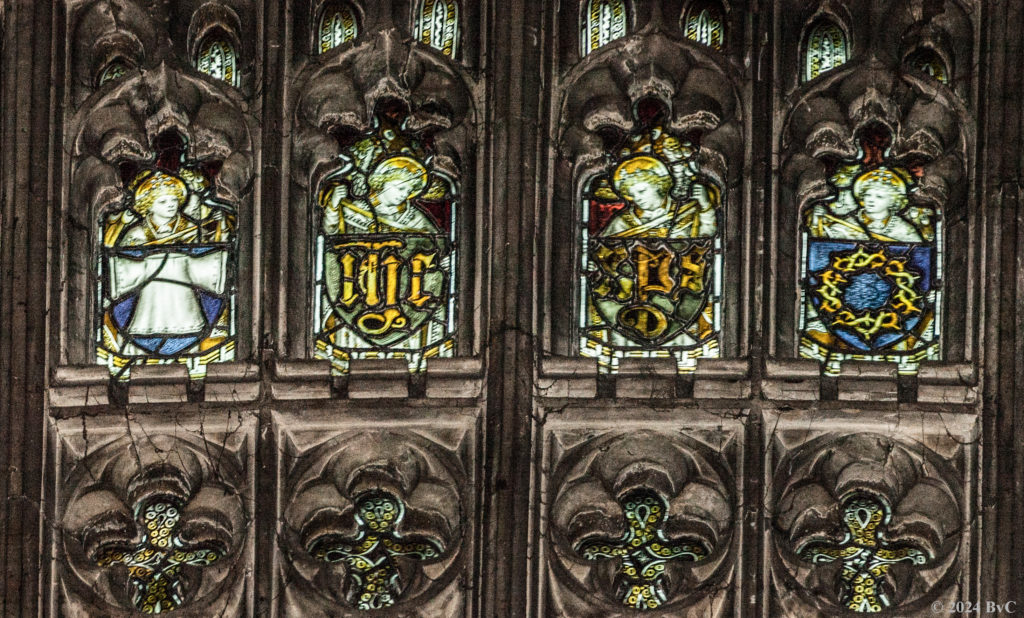
In the top row four angels are depicted, each holding a shield. The two shields in the middle show the ‘Christogram’. It is the abbreviation of the name of Jesus Christ in Greek, written in Latin letters. The one on the left spells ‘IHC’, the abbreviation for Jesus (ΙΗΣΟΥΣ), the one on the right ‘XPS’, the abbreviation for Christ (ΧΡΙΣΤΟΣ). The angel on the left side holds up the shield with the seamless garment, the angel on the right side the shield with the crown of thorns.

Below this first row with angels and some decorative embellishments we find a second row of angels, this time eight in number, holding up shields or depicted with banners. The shields from left to right show the purse with money received for the betrayal, the dice that were used to distribute Jesus’ garment, the three nails, and the sponge on a stick crossed with the spear. The Latin writing reads (in un-abbreviated form):
Adoramus te Christe et benedicimus tibi quia per crucem tuam redemisti mundum
We adore you, Christ and we bless you who by your cross has redeemed the world
The ‘Adoramus te’ was sometimes recited or sung in the Good Friday Liturgy. Probably because of lack of space the third phrase is written as ‘quia per crucem tuam’, while the original text would read: ‘quia per sanctam crucem tuam’, ‘who by your holy cross’.
The Earthly Realm
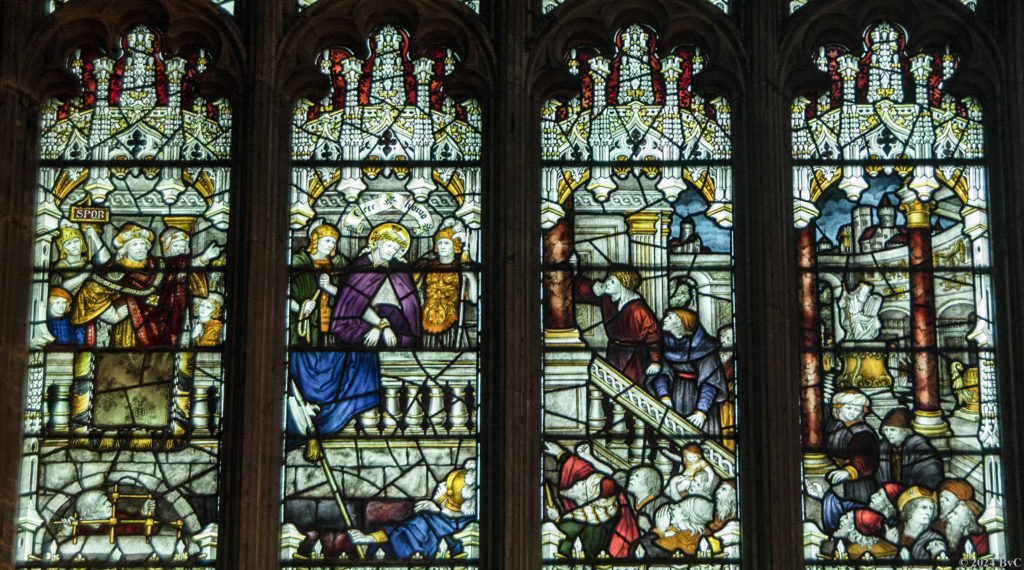
In the earthly realm, in the left light of this window, we see Pilate with the ’SPQR’ standard (‘Senatus Populusque Romanus’, ‘the Senate and the People of Rome’) behind him. The next light shows Jesus with halo and some very stylized ‘Fleurs de Lys’. He is bound, has a noose around his neck, and wears the crown of thorns. Soldiers guard him. Above his head floats a banner with the words
‘Ecce Homo’, ‘Behold the man’
The two lights on the right show an angry crowd. Below Pilate a pretty scruffy person behind bars watches the scene, likely to represent Barabbas.
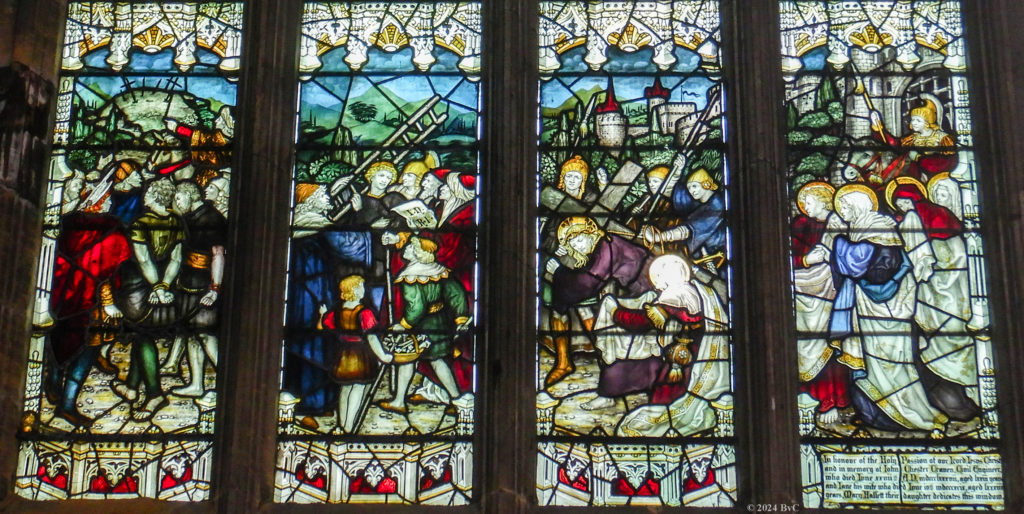
Below the scene with Pilate the way to Calvary is depicted. In the left light we see the two criminals that are to be crucified with Jesus, bound and guarded by soldiers. The next light shows the ladder and the sheet with ’INRI’ written on it, which stands for ‘Iesus Nazarenus Rex Iudaeorum’ which means ‘Jesus of Nazareth, King of the Jews’.
In the foreground a child seems to hold on to the garment of an adult, and a teenager is carrying a basket with nails. The next light shows Jesus, with halo and ‘Fleurs de Lys’. He is bent over, carrying his cross. Soldiers guard him. A woman with halo holds a white piece of cloth up, she probably represents Veronica who, according to legend, wiped Jesus’ face with a cloth. The next light shows three women and one man with halo. The man, probably John, supports one of the women, probably Mary.
The Kempe logo can be found in the lower left corner of this section of the window. It is the single sheaf of wheat.
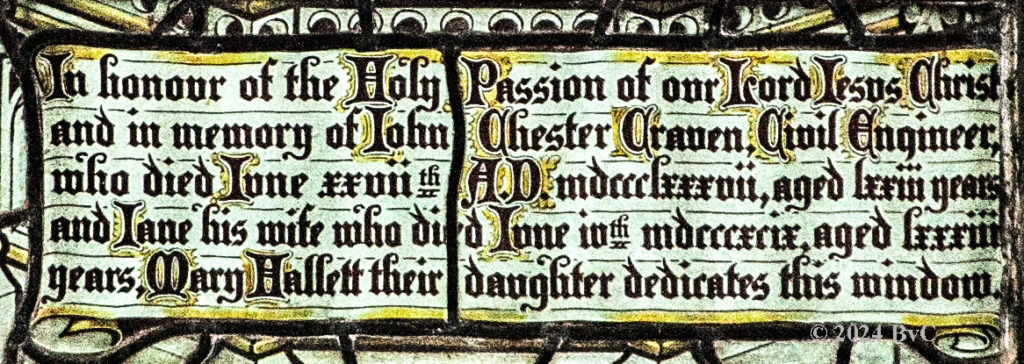
The dedicational text for this stained glass window reads:
In honour of the Holy Passion of our Lord Jesus Christ
and in memory of John Chester Craven, Civil Engineer,
who died June xxviith A.D. mdccclxxxvii, aged lxxiii years
and Jane his wife who died June ivth mdcccxcix, aged lxxxiii
years, Mary Hallett their daughter dedicates this window.
For those who are unfamiliar with Latin numbers, J. C. Craven died 27/06/1887, aged 73 years, his wife Jane passed away twelve years later, 04/06/1899, aged 83 years.
All images © B. van Cleve
← previous window – next window →
Floor plan of stained glass windows in St. Peter’s church Brighton
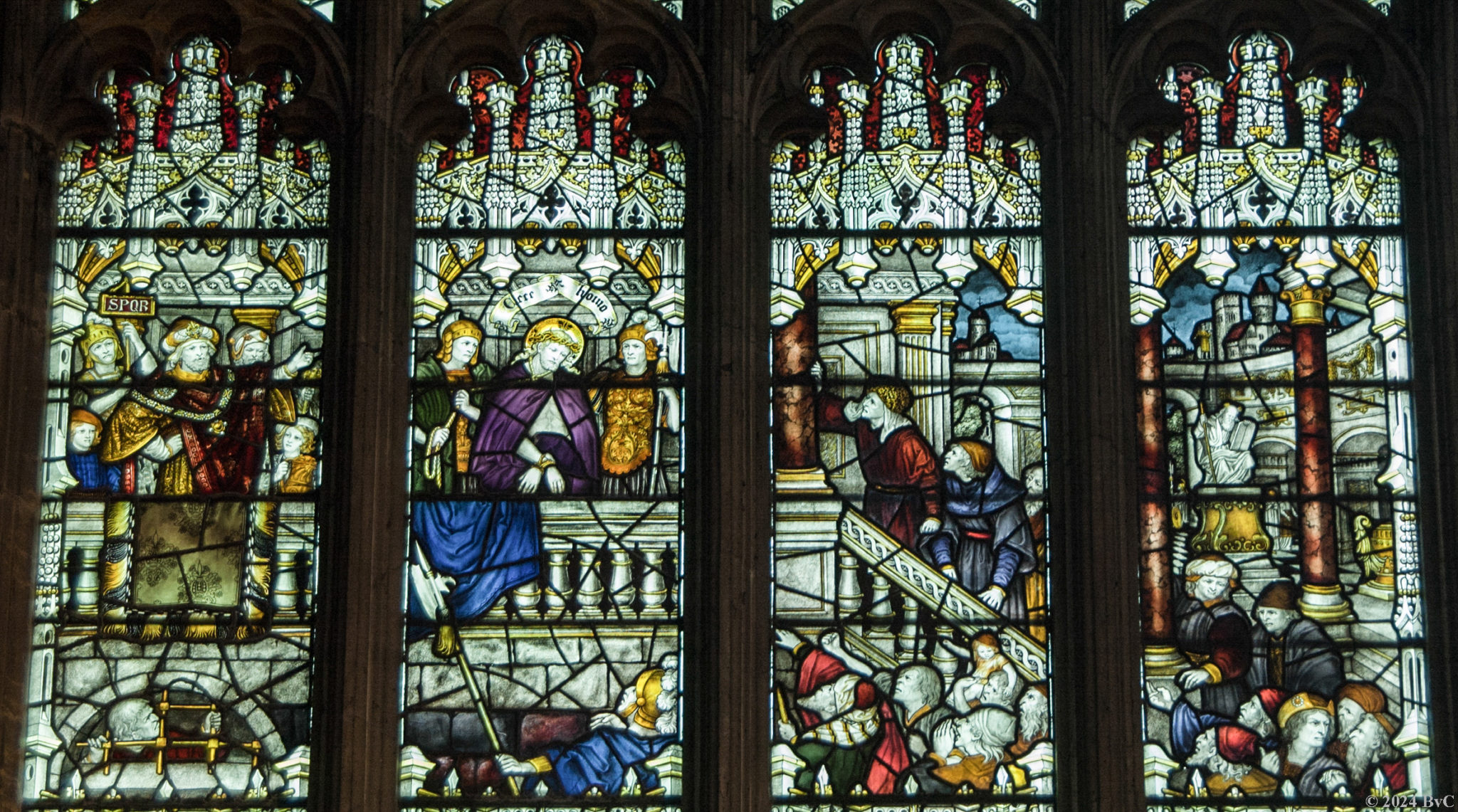
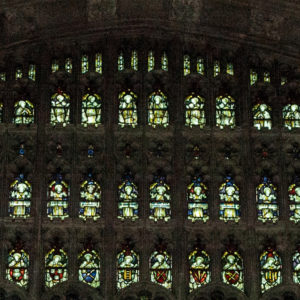
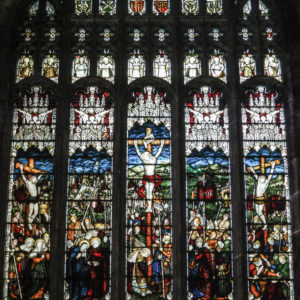
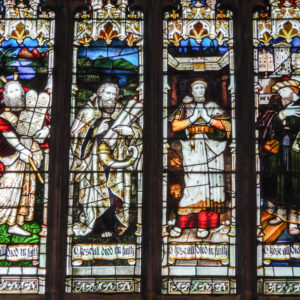
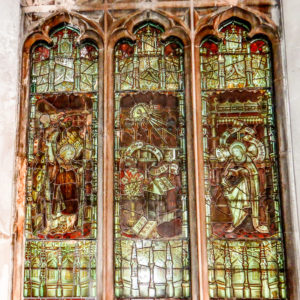
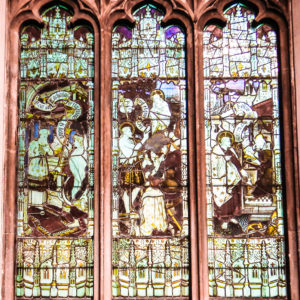
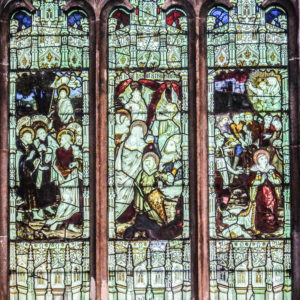
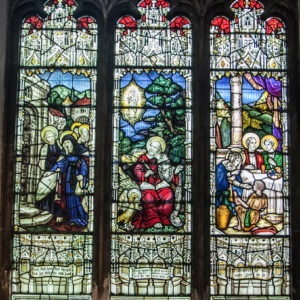
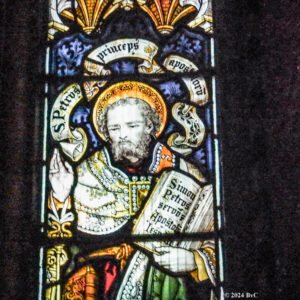
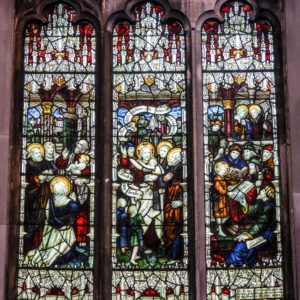
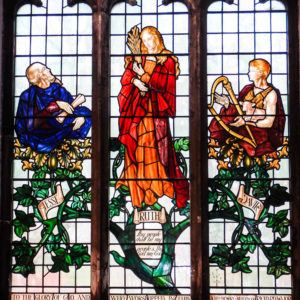
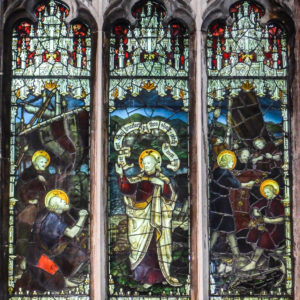
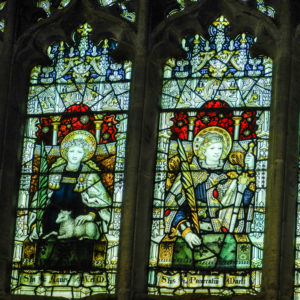
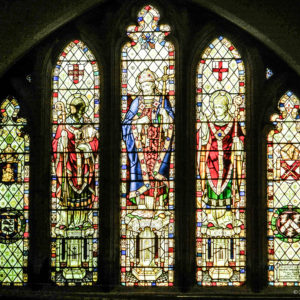
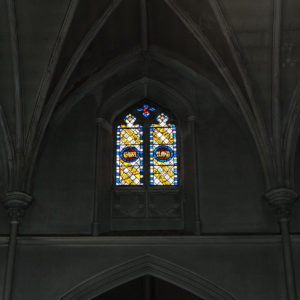
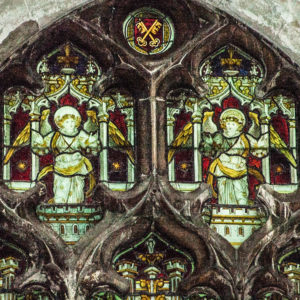
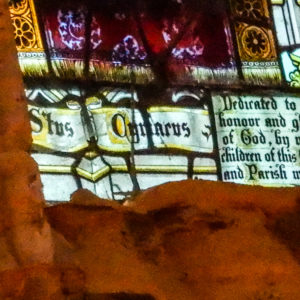
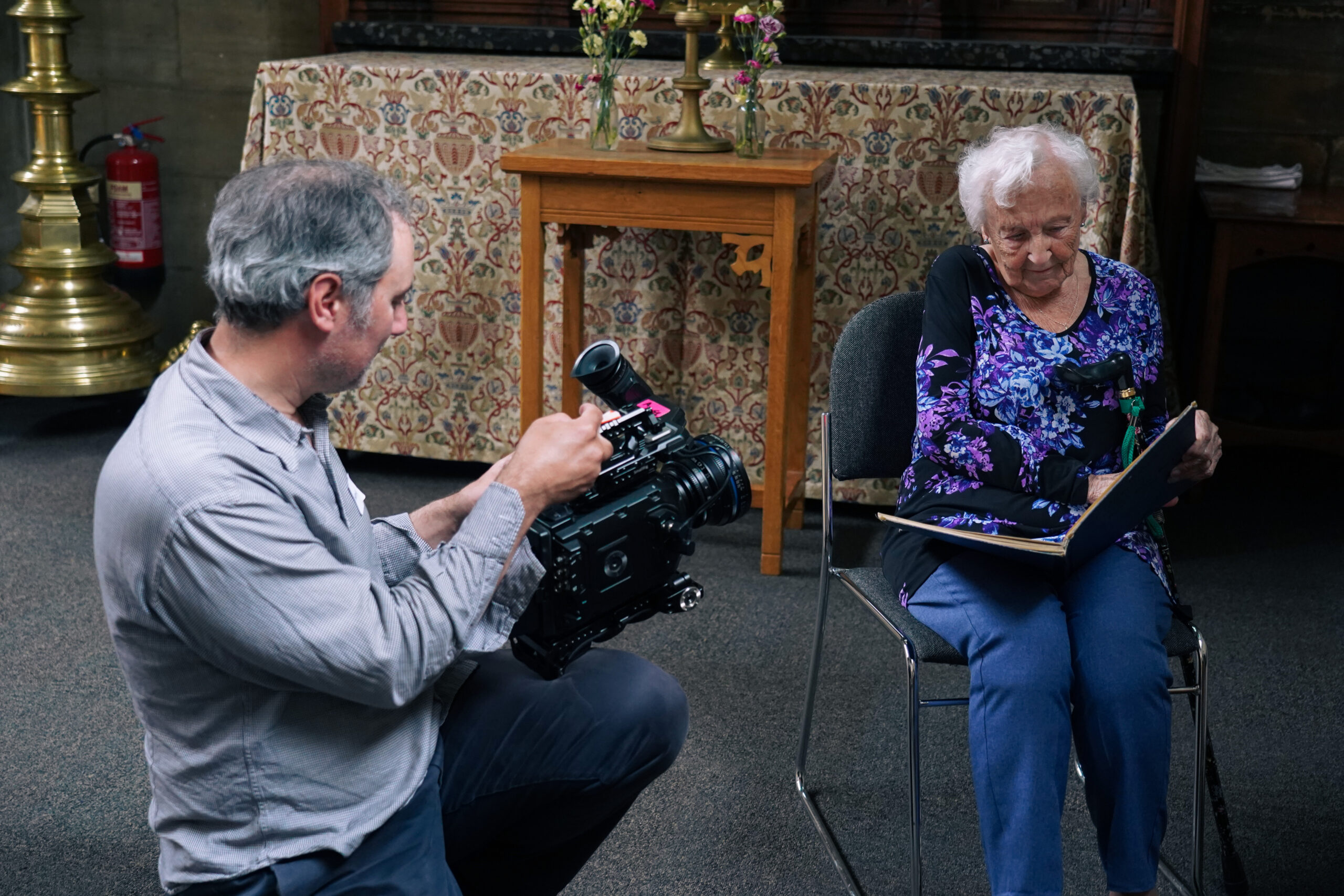



‘This project is kindly funded by Historic England as part of the Everyday Heritage - Working Class Histories. We are grateful to them for this funding.’